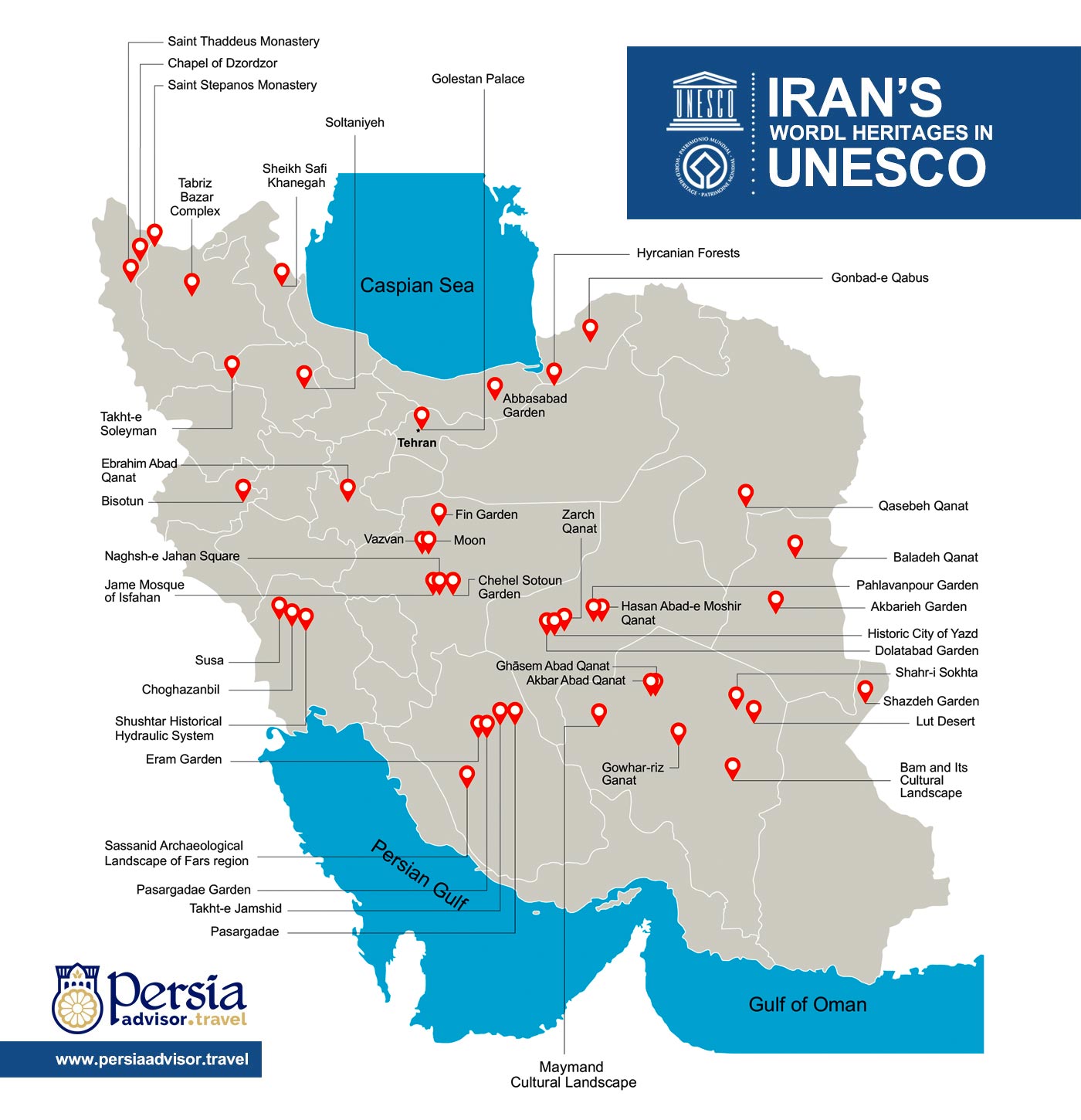
Infographic by Negar Ganji & Farzaneh Abangar | Persia Advisor
The Second World War was a nightmare that happened only 25 years after the First World War when the countries were still struggling with the consequences of the First World War. This war was the bloodiest war in the history which had nearly 70 million victims. The ruins remained from the war was only one side of this tragedy. After war, the world was a complete failure, misery and sadness. Critical situation of the post-war countries made officials to find the real causes of such universal wars to prevent the repetition of these frightening experiences.
United Nation held different sessions and invited various countries to take part and present their plans and opinions. The cause of wars and the ways to prevent them were discussed during these sessions. They concluded that the main causes of war were lack of knowledge and tolerance and ignorance of the people was also another main cause. Some of the programs have been arranged to focus on education, to avoid the possibility of occurrence of the upcoming wars and to prepare people to be more tolerant and understanding. The outcome was the establishment of “The United Nations Educational, Scientific and Cultural Organization” or UNESCO.
This organization tries to improve understanding among people from different cultures and nations through educational programs. Besides, it attempts to preserve what is remained of the already damaged earth from further destruction. At last, by emphasizing and highlighting the cultural properties of each nation, interest in other cultures is risen. Having these goals in mind, UNESCO arranged the registration of Natural and Cultural Heritages.

Infographic by Negar Ganji | Persia Advisor
Cultural Heritage is divided into Tangible and Intangible Heritages. Tangible Heritages are historical monuments and Intangible Heritages include rites, customs and spiritual values of a country. UNESCO considered all the countries as parts of the body that share their heritages and try to preserve them.
Many countries joined UNESCO since its establishment; Iran is also one of these countries.
24 Cultural Heritage , 14 intangible heritages as well as 10 works in world memory list have been shown in the following chart.

